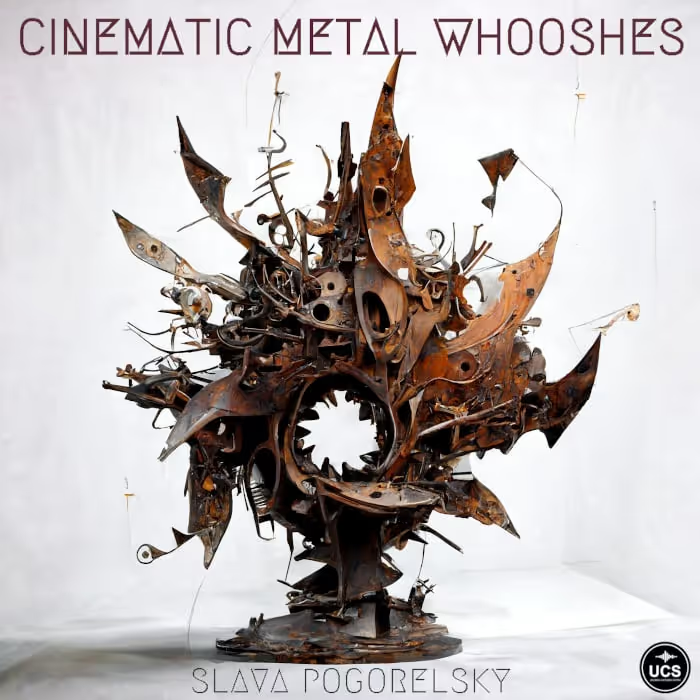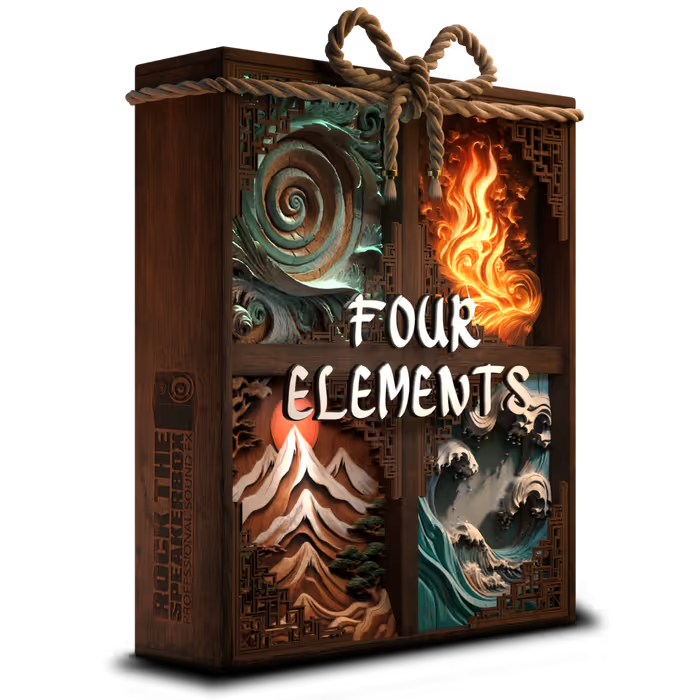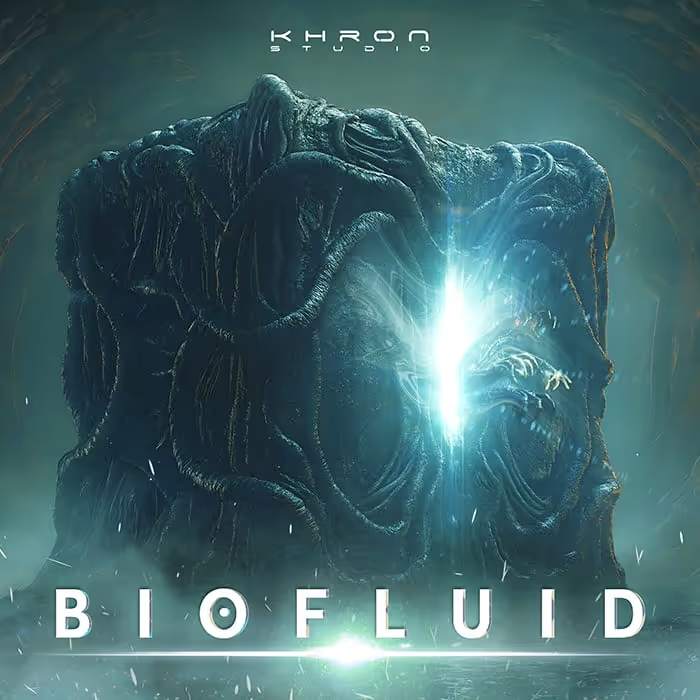Netflix’s Altered Carbon series is a futuristic dystopia — reminiscent of Blade Runner on many levels. People and technology have become integrated in alarming ways. For example, death isn’t really a thing anymore. A person’s consciousness is recorded onto a ‘cortical stack’ that’s implanted in a person’s neck at age one. That stack can be transferred to a new ‘sleeve,’ i.e. body, so death doesn’t ever have to happen. The richest class of humans, called Meths (a reference to Methuselah), even have cloned sleeves of their ideal body so that they never have to get a random sleeve. The grounders (poor or working-class people who inhabit the lower levels of society) get random sleeves, so a young person’s stack might get transferred into an old-aged sleeve. Talk about disorienting! The series follows Takeshi Kovacs (Joel Kinnaman), a former U.N. elite soldier who becomes a private investigator looking into the murder of a rich Meth named Laurens Bancroft (James Purefoy), who isn’t actually dead since his stack was backed-up hours before his murder.
(Confused? I was certainly bewildered for the first three episodes I watched! Before reading this Q&A, I strongly recommend watching a few episodes because then everything will make more sense.)
Supervising sound editor Brett Hinton worked with sound designers Owen Granich-Young and Mark Allen to create the sound of Altered Carbon’s futuristic, cyberpunk, gun-fu world. Here, Hinton and Granich-Young talk about their designs for the series’ tech, weapons, AI characters, vehicles, environments for the multilingual ‘Bay City, and more!
https://www.youtube.com/watch?v=dhFM8akm9a4
Who was your point person for sound direction on Altered Carbon?
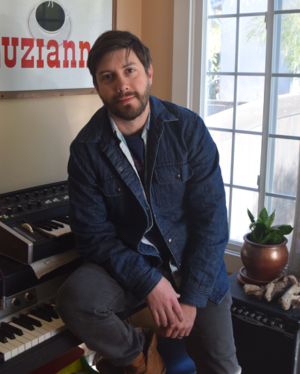 Brett Hinton (BH): There are a lot of layers there. When I first heard about the project it was through my post producer Dieter Ismagil. He quickly got scooped up by Skydance to be Vice President of Post Production, Television so he tapped Alan Marshall Palmer to lead the post team on the show. Alan had his hands full with so many other things, but he does have a strong background in sound so he was a good compatriot to have in our corner.
Brett Hinton (BH): There are a lot of layers there. When I first heard about the project it was through my post producer Dieter Ismagil. He quickly got scooped up by Skydance to be Vice President of Post Production, Television so he tapped Alan Marshall Palmer to lead the post team on the show. Alan had his hands full with so many other things, but he does have a strong background in sound so he was a good compatriot to have in our corner.
I got the opening sequence of the dream tank (which is the opening of the show), the shootout in the Happy Face Motel, and the shootout in the Raven Hotel all around the same time. Everyone was in Vancouver — the editor Barry Brown and Alan Marshall Palmer, and I was hanging here in my home studio in Culver City. They started sending me the editor’s cut of these scenes. I just jumped right in. I didn’t wait for any notes. No one was going to give me any. They just gave me the material and wanted me to start vibing off it. So that was my first hands-on opportunity to work with the sequences.
Once they finished shooting the ‘prototype’ episode as we called it, they came back to L.A. and really started cutting. That’s when I began working directly with director Miguel Sapochnik, executive producers Steve Blackman and James Middleton, and series creator/showrunner Laeta Kalogridis. Laeta and James were looking down the road at where the show was going, so really I was working with Miguel and Barry in the beginning.
Mostly, they just let me build and do my thing on Episode 1. After that, Laeta and James were the main contact points with Alan Marshall Palmer being the go-between.
[tweet_box]How Altered Carbon’s Dystopian Sound Is Made[/tweet_box]
Where did you do sound editorial? And where was the final mix done?
BH: Atomic Sound Post Production Services is who we work for, but owner Tom deGorter utilizes a business style where all of his supervisors and editorial staff are off-site. So, we’re in our respective homes studios or other studios that are rented out. We build our designs semi-autonomously, and then all of that material comes together on the dub stage.
We mixed at Roundabout Entertainment, in Burbank, CA. Atomic Sound has its facilities at Roundabout and I believe the show was mixed on Stage E there, which is one of their Dolby Atmos rooms. The re-recording mixers were Keith Rogers (dialogue/music) and Andy King (effects/Foley/backgrounds).
How did you create the sound of the ‘Bay Area’ in the 26th Century? What was the direction there?
Alan wanted to emphasize the multiculturalism of the city so building multilingual walla was a big factor.
BH: Alan wanted to emphasize the multiculturalism of the city so building multilingual walla was a big factor. Whenever we did a group session, it was a requirement that each actor be able to speak at least two or three languages. So we were doing everything from Farsi and Japanese to German and Russian. Spanish was obviously a big one. So that was our foundation for the humanity of Bay City.
After that, because we decided that we were going to make this an Atmos mix, we wanted to create a lot of depth in the world. In our pre-mix buckets we had overhead material, like sirens, cars, and technology beeps and bloops — peripheral sounds that would be in that area. Nothing sounds cooler than a spaceship flying over your head.
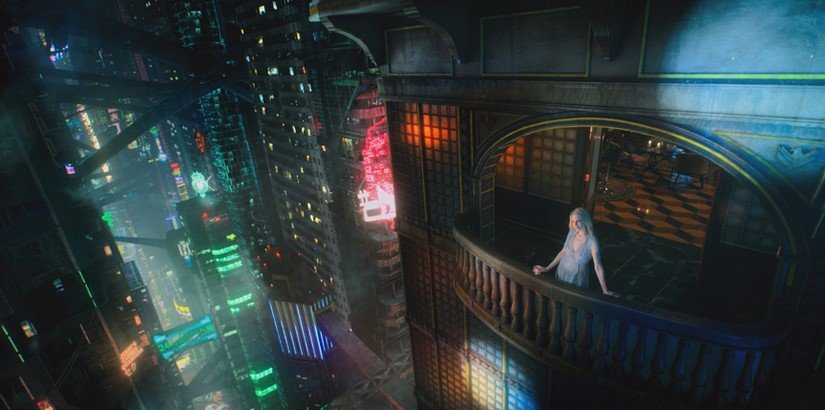
Let’s talk about those tech sounds. What was your approach to the tech sounds on the show? How did you create them?
BH: Owen and I caught wind of this project before there were even scripts. The series is based on a book written by Richard K. Morgan. He was a sonic painter — he put so much depth into describing the way things sounded.
Once I got the script, I started creating folders for every mention of a prop, or an atmosphere, or a conceptual motif like Envoy intuition. There weren’t sounds in those folders initially, but they helped me to prepare. As I was going through the material, I was building sounds into these folders. The sounds were a combination of what moved me personally and also what reference the book had for that sound. That was the connective tissue that took us back to the book, to the original material.
That was a really important process for me, to feel like we were creating what Richard K. Morgan heard in his head. That was the manifesto of our world.
A lot of the sounds I was putting in those folders were sounds that Owen and I have created over the past 10 years that we’ve been working together.
 Owen Granich-Young (OY): Wow, has it really been ten years?
Owen Granich-Young (OY): Wow, has it really been ten years?
I became Atomic Sounds’s UI (user interface) sounds guy, starting with the TV series Almost Human. It’s all so very subjective but what I try to do is pick the appropriate pallet of sounds for the level of technology in the scene. For example, Phycasec is the pinnacle of technology so I wanted to make sure the UI was very sleek and futuristic. In comparison, the Envoy’s DHF facility’s UI were all much more grounded electronic sounds, and chunky buttons. Something you might even hear today in a factory. So once I’ve established a pallet for a specific setting I try and keep all the UI within that style.
As far as creating, there are a lot of amazing plug-ins and generators to help create that material and I also draw from a lot of awesome independent libraries. To name a few, there is Modular UI by SoundMorph and Binary Windows by Twisted Tools, BOOM’s Interface library and a secret weapon of mine is Mark Camperell’s (Empty Sea Audio) Ui One library.
It really is time consuming to cut UI sounds right, and frankly quite thankless. Something may only be a 30-second sequence but there are 50 different little events bleeping and blooping across the screen. You want to feel all of it. You never want to hear it, but you want to feel it. So sometimes it takes half a day to make sure every little piece of tech has a sound, and then you turn it all down by 30 dB so that you just feel it.
The gun sounds were Brett’s baby. A lot of those were already done before I came onto the show. There were a few that I sweetened here and there.
We have a great dynamic, going back and forth with material. I’ll iterate on something and that will spark an idea for Brett and he’ll iterate on it and kick it back to me. When we have the time, we really do a lot of collaborative back and forth with the material.
The cars were fun, wild, and bombastic at times. During Almost Human and refining in Minority Report, I came up with a “future car” methodology I thought I’d share here. I create or pull sci-fi ambiences with the use of GRM’s Freeze and assorted sound effects libraries. Layering a handful of those together, I create my base engine sound. I then put that base engine sound through an Aux track with a pitch shifter on it and I ‘drive’ the car using pitch shift to accelerate and decelerate it. This gives you a great base line to sweeten on top of — one that kind of glues the whole car together. After that, it’s about making it cool. I give a big shout out to Whoosh by Melted Sounds (now available through Tonstrum) for extra sweeteners and bys. Whoosh is a godsend because it gives you that right balance between being able to create cool sounds really fast on a TV schedule and having the flexibility and tweakability to get the sound dialed in to what you need.
When you’re inside the car you wouldn’t hear anything. That was such a punch in the gut as a sound designer because you want to make it big and cool.
BH: The cars were tricky because they wanted the higher-end cars, like the Bancroft limo in Episode 1, to sound like a Tesla in the sense that a ‘Meth’s’ car isn’t going to make a bunch of noise. When you’re inside the car you wouldn’t hear anything. That was such a punch in the gut as a sound designer because you want to make it big and cool.
We had some iterations of the cars where they were huge with big thruster sounds. For the ‘Meth’s’ cars we dialed that back a bit but for the police cruiser, when it lands in the pilot episode, we go super big. That created a nice contrast because it was a good representation of class. The blue-collar folks would have a louder car that wasn’t as pleasing to the ear and the ‘Meth’s’ cars would have these clean, futuristic sounds.
For the Raven Hotel’s proprietor, Poe, how did you create his sound?
BH: I think Owen and I both worked on Poe’s (Chris Conner) sound. That was tricky because the VFX for that manifested itself really late in the game. We had lots of different ideas, all dependent upon how Poe morphed or appeared.
There was one scene when Poe shows up in the elevator, in Episode 2, right before Kovacs goes up to see Miriam Bancroft (Kristin Lehman) for that classic noir sex scene. Poe kind of shows up beside Kovacs so he doesn’t know he’s there. To maintain the logic of the sound that they wanted, we had to be judicious about how big that sound was. If it was too big, you’d ruin the joke. The whole joke was you don’t know he’s there, that he just peeks on the side of Kovacs.
The sound of Poe changed depending on the specific needs of the scene. He didn’t always make the exact same sound. One of the signature elements I used was a sound I found from the creators of Glitch Machines by Ivo Ivanov. All his stuff is so weird and unique. I am always trying to find ways to sneak his sounds into things. We layered processed elements of reversed metal and synth to impart the idea of a nano tech to his sound. That was a tough one though because we were struggling to maintain the logic of what he was. He was AI but he was also some kind of nano tech that has evolved, allowing him to physically grasp objects, like a shotgun or other real world object.
What was your approach to the weapons sounds? They sounded high-tech but they also had a nice punch to them like a ballistic weapon. How did you create those?
BH: The weapons in the show were definitely one of my babies — something that I was really hands-on with. I had a concrete idea of what I wanted them to sound like.
I also relied on one of my secret weapons, which is Zynaptiq’s Wormhole plug-in. It does something to the sounds which creates this ring-modulated, frequency-mangled awesomeness.
I always hate when futuristic weapon sounds don’t have any punch to them, like if it’s too ‘pew-pew’ laser sounding. They just lose their impact. So we used a lot of big, boomy, real projectile gun elements to make up the sound. To get the futuristic aspect, the biggest design aesthetic that I wanted to imprint on the weapons was idea that this is a cyberpunk/sci-fi show and there needs to be a big, bassy synth. If we’re not getting that from the music, then we’re going to get that from the weapons. So I tried to use big, bassy synth elements. I also relied on one of my secret weapons, which is Zynaptiq’s Wormhole plug-in. It does something to the sounds which creates this ring-modulated, frequency-mangled awesomeness. Owen gives me the side-eye now and again, like, “Dude, lay off the Wormhole because you’re using it too much.”
OY: Brett made it a point to go back and check in the book to see how Richard K. Morgan explained what each gun feels like and tried to capture that within the sequence.
But Brett also knew when that doesn’t work. For example, in the book Sara’s gun in the opening sequence was a flechette gun, and that’s not very exciting for sound in a sequence. So instead, Brett went with a really punchy Mack 10 and that just carries the scene. So knowing when to be honorable to the source material and when to use a sound that will really punch is something that Brett paid attention to.
BH: Another thing that helped us a lot was that the prop master created a weapons Bible for us. We literally had a PDF with every single weapon in the show, a picture of it, a description of the type of projectile it shot (whether it was a physical piece of ammo or a laser beam or phaser). They also had the foresight of knowing what the guns should be doing, to a certain extent.
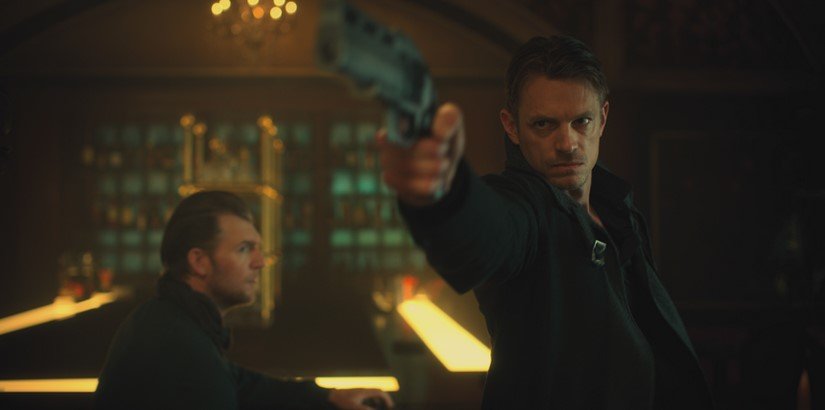
Did you have a favorite weapon to design?
BH: The Nemex encapsulated everything I was trying to do. It was originally Dimi’s (Tahmoh Penikett and Matt Biedel) gun, which Kovacs takes off of him and so that becomes Kovacs’s Nemex. That’s our hero gun so it had to be like a big ‘Dirty Harry’ gun. But then it came to a point where we had this particle-blaster that Bancroft (James Purefoy) uses to blow his own head off. Even though it fires one time in the whole series (although we do flashback to it), it had to be something greater than all of the guns.
Every time I got to the point of needing to make a gun bigger than Kovacs’s, it was a real tough dilemma because I had already gotten so big with the Nemex. We had to find other ways to show the power of a weapon.
OY: Brett’s variation for Reileen (Dichen Lachman)’s sleeker version of the Nemex was really tight too.
BH: I had a talk with Dichen about this — the way she enters the scene, she has such a strong presence. Strong female characters are such a big part of this book and so when Reileen shows up, I wanted her gun to be a big, feminine equivalent of the Nemex — a ‘Dirty Harriette’ gun if you will. So trying to take a different approach with her weapon was a big challenge as well. I spent a lot of time on that one.
What went into the sound of Reileen’s gun?
BH: I was definitely using Wormhole again. We don’t see her gun for the first three shots. We just see and hear the plasma rounds shooting into a person. So in that case it was about reinforcing this idea of a strong female character bursting on the scene. I quite literally took layers of female screams as my baseline element. I did a lot of work with it, processing it though a Doppler plug-in and pitch shifting it and of course using Wormhole. Then I also layered in some synth-based element and Soundmorph’s future weapons to round it out.

In Episode 4, during Kovacs’s VR interrogation, you see Dimi the Twin glitching out. Can you talk about the voices and design there? How did you construct that?
BH: In our group session, we had everyone read the line. That gave us 12 different readings plus we had the original actor and his double (Dimi 1 and Dimi 2) read it. Then, there were people from the set — the actual glitching faces of other sleeves, reading it as well.
That effect involved a lot of old-school cutting. There wasn’t a lot of plug-in processing. I just chopped up everyone’s lines so that they were in sync — saying it exactly at the same speed and same time. From there, it was just deciding which syllable should be female or male, which syllables should repeat a few times or reverse. Eventually, it became what it is.
The VFX kept changing there, and when we got the new VFX we’d notice that parts wouldn’t match but it was cool that it didn’t match the way the heads go back and forth. It was just this magic thing that happened.
The VFX team was incredible. I’ve never worked on a show where the VFX team would listen to what we are doing with sound and then create their shots or manipulate their shots to match what we’re doing.
The VFX team was incredible. I’ve never worked on a show where the VFX team would listen to what we are doing with sound and then create their shots or manipulate their shots to match what we’re doing. Often we’re asked to change the sound to match the VFX, due to schedule or budget constrictions. I’ve never had that kind of collaboration and fluidity with the VFX. They’re trying to elevate our work with theirs, so that we’re building something together. That’s just so uncommon. I can’t tell you how many times we’ve gotten VFX and have had to break down our sound and resync everything or start over. So that was a huge thing for us to have that kind of collaboration.
Another interesting vocal processing moment was in Episode 7 when Tak (Hiro Kanagawa) is captured by the CTAC soldiers in the tunnel of the garrison. Can you talk about your approach there?
BH: That episode, with all the CTAC soldiers, was actually my biggest moment of angst in the series. I’d probably done 10-times as much vocal work for those CTAC guys as anything else and there was a lot of stripping out on the dub stage of that work.
I struggled with that one because anytime there are words spoken the writers want to have those be as clear as possible. They strive for maximum intelligibility. It was challenging because the CTAC were supposed to be scary and menacing and for me, the less you understood what they’re saying the better it is. It’s like this scary, robot-demon vocalization from these guys.
In the first episode you see them and you’re not supposed to know if they’re even human or if they’re cyborgs or what. That’s one of the aspects of why they sounded like they did.
I used Waves UltraPitch to create a formant sound effect. I used a bit of Waves LoAir to give a more bassy quality to it and Audio Ease’s Speakerphone to give it a tight, real-world helmet effect. It was really hard to control because as soon as an actor changed his pitch, the whole effect would change. It would sound like a whole different effect and not as menacing. I had to be judicious about which lines I chose and which actors I chose because certain actors had different timbres in their voices that would not activate the harmonics that we were trying to achieve in the plug-in.
The reason why we took a lot of it out was because the CTAC guys have these helmets on so logically they would all be on comms. Having the sound play outside of the helmet breaks that logic, like, “Why all of a sudden are we hearing this voice?” If we’re hearing it, it’s not really a comm anymore. So determining when we heard them was tricky.
I pushed hard on the stage to get as much of it as I could in but really there’s so much that can be said for silence. By not hearing them, it doesn’t break the suspension of disbelief and gives a creepy stealth factor to them that is powerful in its own way.
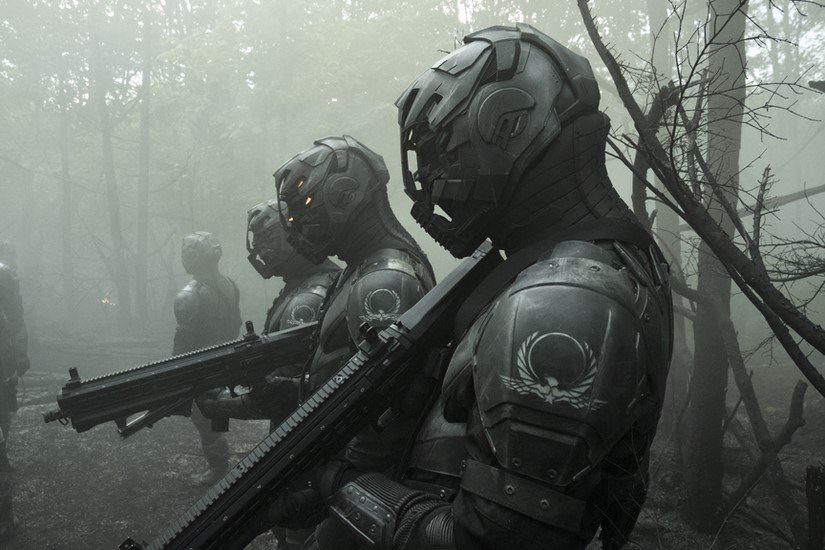
Did you have a favorite scene for sound? What went into it?
OY: As a designer, you have your babies, your precious moments that you create and then you send your work off to the mix stage and see what happens. So one scene that played almost exactly how I cut it was the first fight between Tak and Quell (Renée Elise Goldsberry) in VR in Episode 4. He beats up all of the CTAC officers and then Quell and Tak have a fight ending with her slamming him up against the wall. It took me a long time and I really struggled to get the tempo right and to get it feeling awesome. To see that play while I’m checking out the show on Netflix (not knowing what’s going to play and what’s not) was great. You can never be too precious with sound as a sound designer. You often have no say in the final choice. So to hear that play out as it did in my room felt really good.
The sounds that he chose and the way the effects re-recording mixer chose to orchestrate them in the space (in the Dolby Home Atmos surround field) it’s like your brain gets thrown around the room in three different directions.
BH: For me, it was in Episode 7 when we come back to Quell and Reileen in the shuttle. We’re inside the shuttle as the blast goes off. Then as the fire and explosion are consuming the shuttle, the camera shows the explosion from the outside. That’s one of my favorites because of the way it plays on a proper dub stage. Sound designer Mark Allen did that scene. The sounds that he chose and the way the effects re-recording mixer chose to orchestrate them in the space (in the Dolby Home Atmos surround field) it’s like your brain gets thrown around the room in three different directions. I don’t think I’ve ever experienced that before in cinema or TV. It was such a unique explosion and singular moment.
I like when we get the opportunity to suck the world away for that one moment in time and give the listener a singular sonic experience. I think we’re able to do that a lot because of the style of this show.
OY: I’d like to point out another scene, because it’s so effects-forward and Brett really nailed it. That is the opening shootout in the pilot. The way that it flows is so exciting and the way that everything drops out as that grenade flies across the screen and then we get back into the action, that whole sequence is amazing.
BH: One of Miguel’s desires for the pilot was to not lean on score so much and to really world-build so that when we did bring in these musical elements and themes, it felt like we earned it. They had the sound design do the heavy lifting upfront, which was such an honor. The whole opening shot in the dream tank is just sound design. I think the first 10 or 20 minutes of the show is almost all sound design and we were happy that they gave us so much freedom to do what we love to do.
If there was one thing you’d want other sound pros to know about the sound of Altered Carbon, what would that be?
BH: A lot of the sound for the show was designed early-on, before we got a lot of direction. After Owen and I read the book, we started building our palette of sounds. Those sounds sustained through the entire series.
I think when you approach the sound design through the eyes of the writer, and when you get in early enough you can find a stronger voice for the sound as opposed to just reacting to what you see visually. For me, it always starts with the script. If you’re not starting with the script then you’re doing it wrong. If you’re suddenly plopped in front of an edit and you haven’t read the script first, then there’s something broken in the chain. You have to get inside the mind of the writer. This show was such an awesome experience because not only did we have to get inside the mind of the showrunner, we also had to get inside the mind of Richard K. Morgan. So there were two layers to that.
OY: For me, I think it’s important for people to know that it’s all about the story and what sounds best help to tell that story. You should put your best foot forward in designing and creating and then be humble. Don’t be heartbroken if the showrunners want to go in a different direction and push the music forward, for instance. That’s part of the deal. So, always be humble and be excited. And keep it simple. If you have the right sound, you don’t need lots of processing. You don’t need all of the gizmos and gadgets in the world. Just think about what sound you need to best suppport the story. It’s easy to get bogged down with the tools, and the bells and whistles. Don’t lose the forest for the trees.
I’ll often cut what I feel is the right sound but then I’ll also cut a handful of other options that I know could work because sound is subjective.
As an editor and a designer it’s also important to have several options in there. I’ll often cut what I feel is the right sound but then I’ll also cut a handful of other options that I know could work because sound is subjective. Everyone hears differently what these things could be. So always put your best foot forward — the sound you feel is right, but then find out what others are thinking. What do they hear for that moment?
BH: To echo what Owen was saying, I wanted to note that when we built Episode 1, the editor wouldn’t use more than 13 tracks of audio. So that was a limitation on what I could send back to him, and that forced me to do exactly what Owen said. It made me not play with every toy in the sandbox, but instead to think more about what sounds served the story. The first thing you want to do is tell the story with sound and then all the technical minutia will follow.
A big thanks to Brett Hinton and Owen Granich-Young for giving us a look at the neo-noir sound of Altered Carbon – and to Jennifer Walden for the interview!


